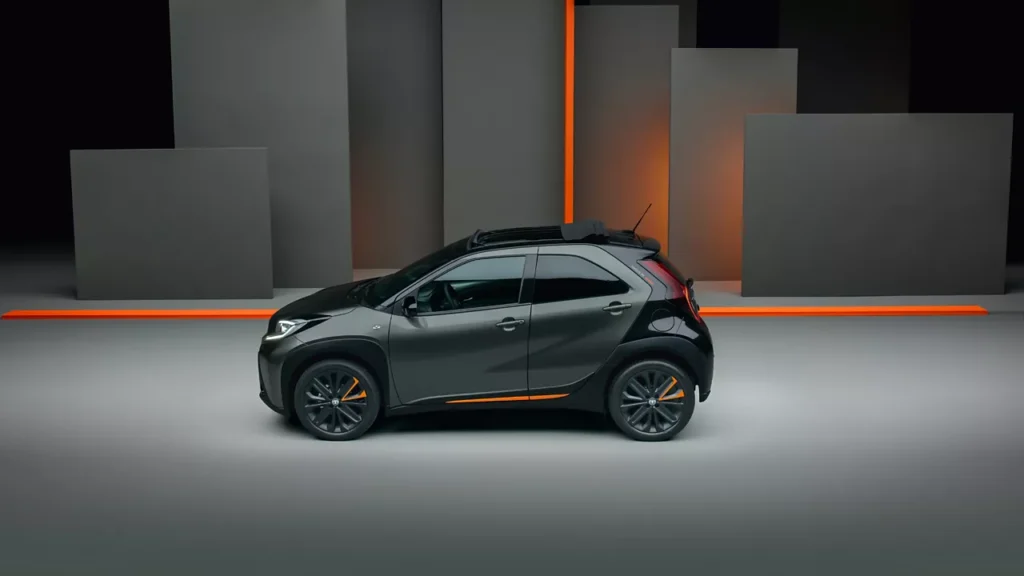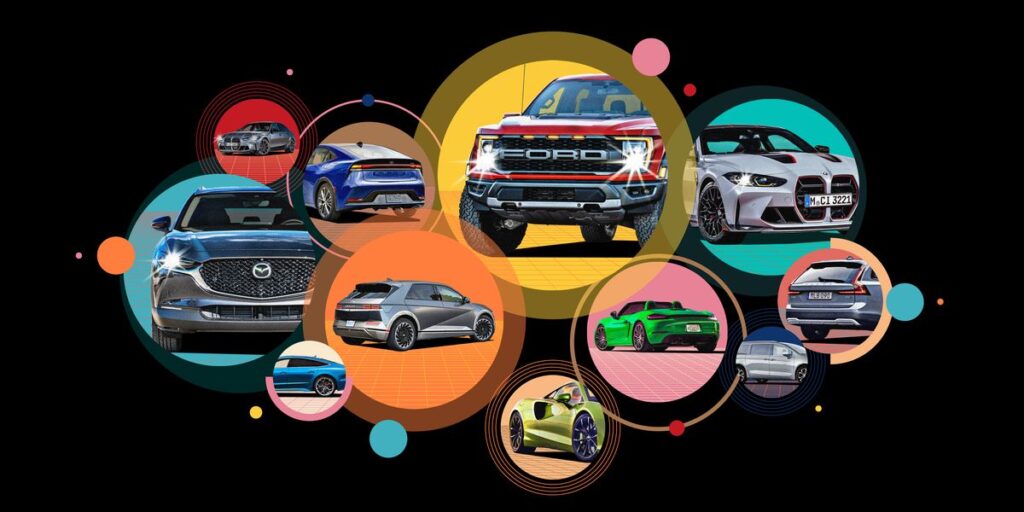In the fast-paced world of automotive design, the length of a car is far from a trivial matter. The average length of cars not only defines their physical dimensions but also plays a crucial role in influencing consumer choices, safety regulations, and environmental considerations. Let’s embark on a journey to unravel the mysteries behind the average length of cars.
Introduction
A Definition and Importance of Average Car Length
The term “average car length” encompasses the typical measurement from a vehicle’s front bumper to its rear. Understanding this metric is essential in comprehending the dynamics of car design and functionality.
Significance in Consumer Decision-Making
For consumers, the average length of cars often translates into practical considerations such as parking, maneuverability, and overall driving experience.
Historical Perspective
Evolution of Car Lengths Over Time
Car lengths have evolved significantly throughout history, influenced by societal needs, design trends, and technological advancements.
Influence of Technological Advancements
Advancements in automotive technologies have not only influenced car lengths but have also allowed for creative design solutions that balance form and function.
Factors Influencing Car Length
Consumer Preferences
Consumer preferences are a driving force in shaping car lengths, with trends shifting based on aesthetic appeal, comfort, and lifestyle choices.
Impact of Safety Regulations
Stringent safety regulations set by governing bodies play a pivotal role in determining the dimensions of cars, ensuring occupant safety in various scenarios.
Role of Fuel Efficiency
In an era where environmental concerns are paramount, the length of cars is often influenced by the quest for improved fuel efficiency and reduced carbon emissions.
Popular Car Length Categories
Compact Cars
Compact cars, known for their agility and fuel efficiency, have gained popularity in urban environments where space is at a premium.

Midsize Cars
Midsize cars strike a balance between compact and full-size, catering to consumers seeking a combination of space and efficiency.
Full-Size Cars
Full-size cars often represent luxury and spaciousness, targeting consumers who prioritize comfort and style over compactness.
Automotive Trends and Innovations
Impact of Electric Vehicles
The rise of electric vehicles introduces a new dimension to car design, with manufacturers reimagining length to accommodate innovative battery technologies.
Integration of Smart Technologies
The incorporation of smart technologies, from advanced safety features to autonomous driving capabilities, influences the spatial requirements of cars.
Future Projections in Car Lengths
As we delve into the future, projections suggest a dynamic landscape with evolving car lengths to accommodate changing consumer needs and technological advancements.
Perception vs. Reality
Common Misconceptions
Dispelling common myths about car length is crucial to understanding the realities of automotive design and functionality.
Balancing Aesthetics and Practicality
While aesthetics play a role in car design, manufacturers must strike a balance with practical considerations to meet the diverse needs of consumers.
The Myth of Larger Equals Safer
The belief that larger cars are inherently safer is challenged by advancements in safety technologies, debunking the myth and highlighting the importance of design and engineering.
The Influence of Market Demand
Shifting Trends in Consumer Preferences
Market demand drives the automotive industry, prompting manufacturers to adapt car lengths to meet the evolving preferences of consumers.
Regional Variances in Car Lengths
Regional differences in consumer preferences and driving conditions contribute to variations in the average length of cars across different markets.
Manufacturer Responses to Market Demand
Automakers respond dynamically to market demands, adjusting car lengths and designs to stay competitive and satisfy consumer expectations.
Environmental Considerations
Sustainability and Car Length
Sustainability is a growing concern, leading to innovations in eco-friendly
car designs that prioritize reduced carbon footprints and energy efficiency.
Impact on Carbon Emissions
The length of cars directly influences their weight and aerodynamics, affecting fuel consumption and, consequently, the overall carbon emissions generated during operation.
The Rise of Eco-Friendly Car Designs
In response to environmental awareness, manufacturers are exploring materials and design concepts that align with eco-friendly principles, reshaping the landscape of car lengths.
Pros and Cons of Different Car Lengths
Compact Cars: Navigating Urban Spaces
Compact cars excel in urban environments, offering easy maneuverability and efficient use of parking space. However, they may have limited passenger and cargo space.
Midsize Cars: Balancing Size and Efficiency
Midsize cars strike a balance between compact and full-size, providing adequate space for passengers and cargo while maintaining fuel efficiency.

Full-Size Cars: Luxury vs. Practicality
Full-size cars boast luxury and spaciousness, making them ideal for long journeys. However, they may pose challenges in crowded urban settings and consume more fuel.
Conclusion
Embracing Diversity in Car Lengths
The diversity in car lengths is not a limitation but a reflection of the varied needs and preferences of consumers worldwide.
The Ever-Changing Landscape of Automotive Design
As technology advances, consumer demands shift, and environmental consciousness grows, the landscape of automotive design, including car lengths, remains in a constant state of evolution.
Considering More Than Just Size
When evaluating cars, it’s essential to consider more than just their size. Safety features, fuel efficiency, and technological innovations all contribute to the overall driving experience.
you’ll also like this:
• Personal Finance Success: A Comprehensive Guide to
• Latest Digital Marketing Trends in 2024




